Can An Animal Companion Talk With A High Enough Int Pathfinder
Pathfinder did a lot to keep the spirit of Dungeons & Dragons alive. The system immune for 3.5 materials to continue in circulation while besides fixing some game-breaking rules. Fans of the vastly different management that D&D 4e took adopt the more simple and video game style of play. Pathfinder's first edition, on the other hand, is a min-maxer's dream.
The second version of the game provides the aforementioned depth of character customization simply too introduces fresh concepts to combat. Adapting to a new fashion of doing the aforementioned old things takes time. Players may discover some of the more unique rules of 2e slip their minds. Here are ten Pathfinder 2e rules that everyone forgets about.
Updated September 28, 2021, by Ryan Bamsey : With every volume that Paizo releases for Pathfinder 2e, more rules are added, some more obscure than others. We've updated this article with some more obscure rules that you might accept missed.
eleven Deportment & Reactions
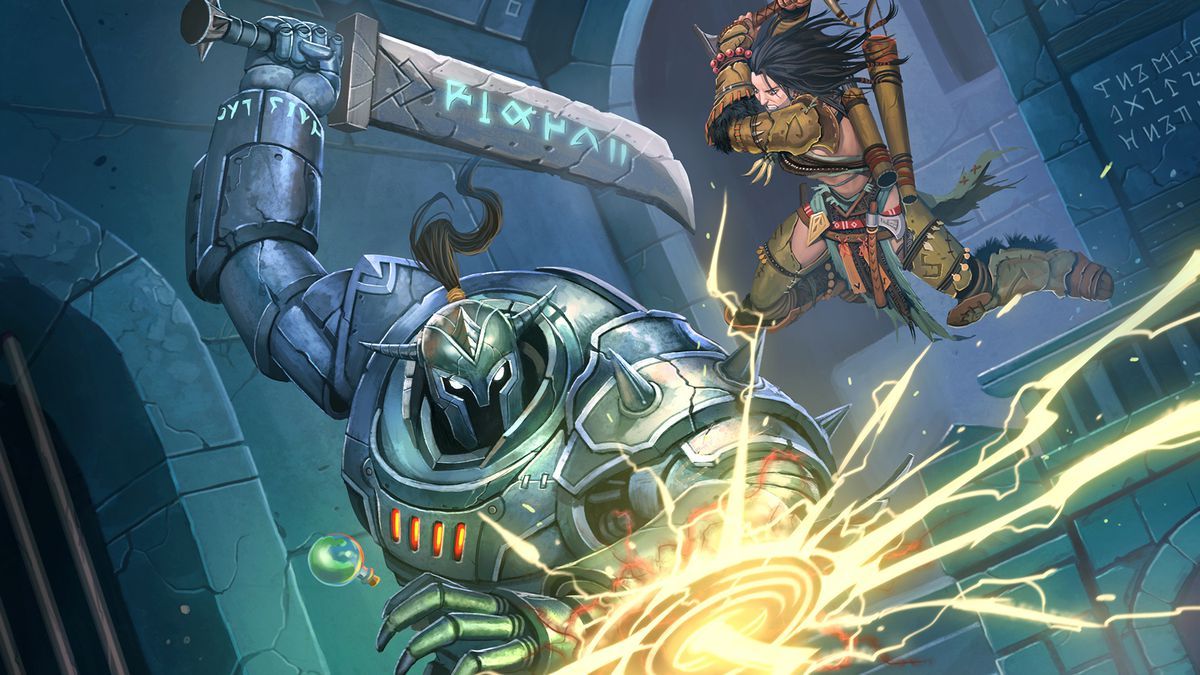
One of the freshest ideas in the second edition of Pathfinder is the addition of character reactions. Version 2e boils the seven action types of the previous edition down to actions and reactions. Most action types accept been lumped together and are collectively known as deportment. These include movements, attacks, and using items. Many spells cost ii actions to cast.
Each form has certain reactions it can take which are triggered past various criteria. Fighters may ready their shield, for example. This concept is meant to replace Attacks of Opportunity just the new rule has some critics questioning its efficiency. It's a totally new idea that could easily sideslip your mind between turns.
ten Dynamic Gainsay
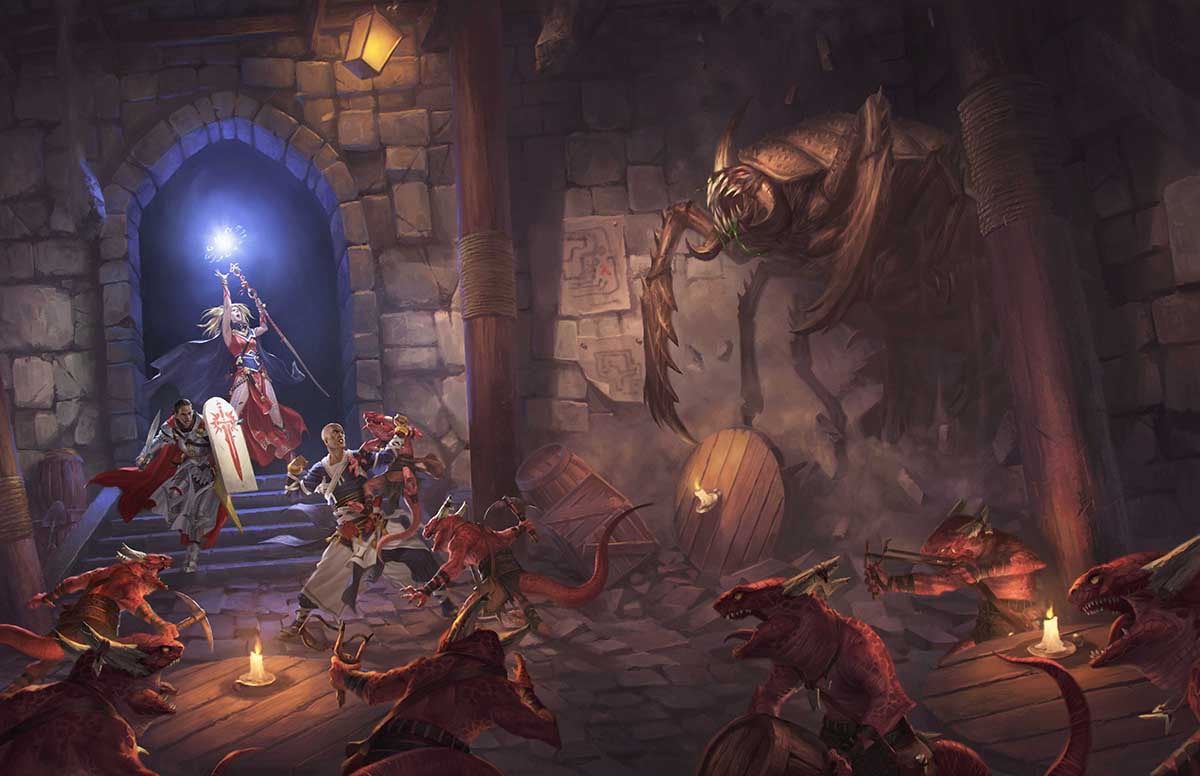
In Pathfinder 1e, motility in gainsay could get limited. Frequent players of the original system may feel pressed to choose between movements and attacks as they slip into familiar patterns. It might accept a while to conform to the new activeness economy of 2e. For decades, D&D-based combat had one major flaw - the action economy led to some pretty repetitive gainsay tactics.
The i action and one move system often forced players to approach a target then stand motionless in one position for nearly melee encounters. With an unabridged political party within striking altitude of their enemy, foes could frequently impairment multiple party members at once. Utilizing the new organisation which allows players more move each political party fellow member can keep their distance from foes, forcing the enemy to choose and move toward a target. This tactic makes it harder to target multiple political party members at one time.
Actions like Trip are now condensed into easy-to-read descriptions that don't crave feats to use and can be taken whenever you lot retrieve information technology would be useful. This new system is adaptable and a well-received development.
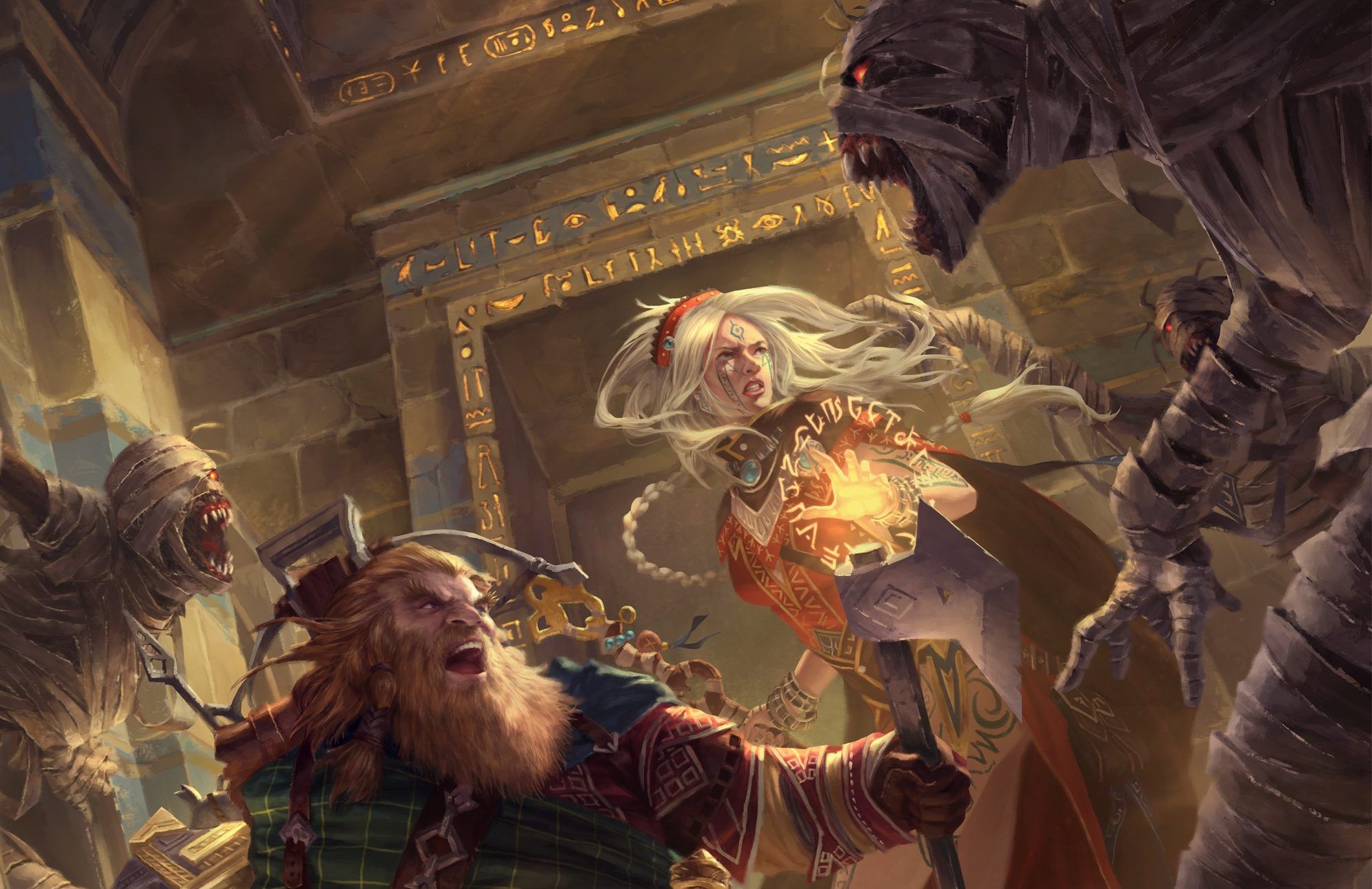
Simply put, Pathfinder 2e allows for an unprecedented number of attacks for first-level characters. It may be hard to remember to keep swinging, especially in those early levels. Each player has three actions per turn. They may use these in any combination of action types they choose including movements and attacks. They may also choose to use all three for attacks allowing even level one characters to deal some serious damage.
Previously, a fighter would have to reach level 11 to throw three punches in a row. This rule may residuum out others that seem to favor the bad guys in combat. In any case, afterwards years of existence limited to one measly assault, it may be difficult to call back the new opportunities in 2e combat.
8 Magic Items
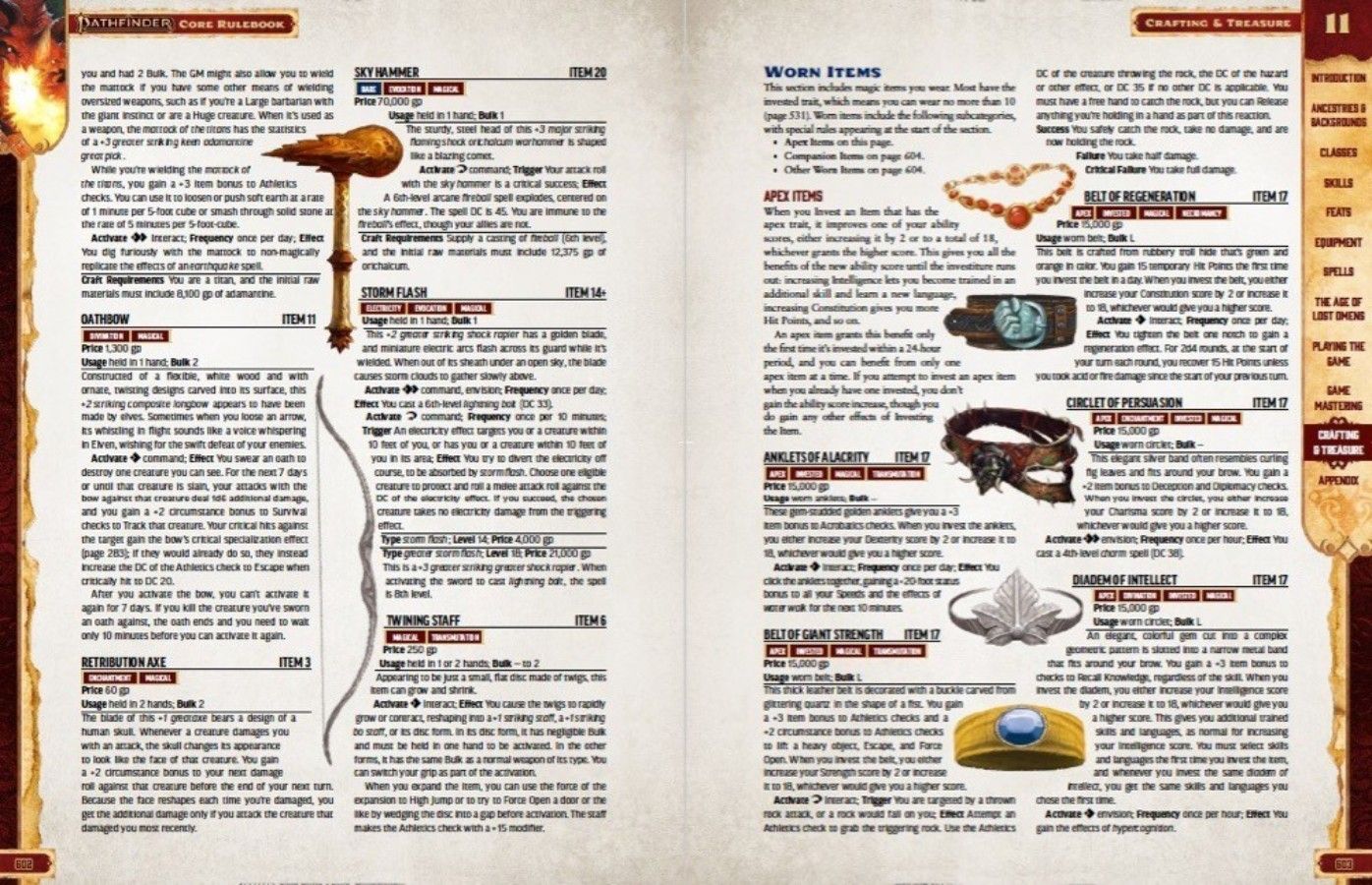
As your party gets in the thick of their adventure you may find yourself hoarding familiar items. For players familiar with the beginning edition of Pathfinder it may be an incommunicable habit to resist. It was once the example that most players felt they had to have the "large half-dozen" of magic items in club to actually get anywhere.
These included stat-boosting items, an amulet of natural armor, a ring of protection, a cloak of resistance, and magic weapons and armor. In Pathfinder 2e players will still need magic weapons and armor but some of the other large six will be replaced with more generous stat increases and balanced encounters.
7 Bounded Magic
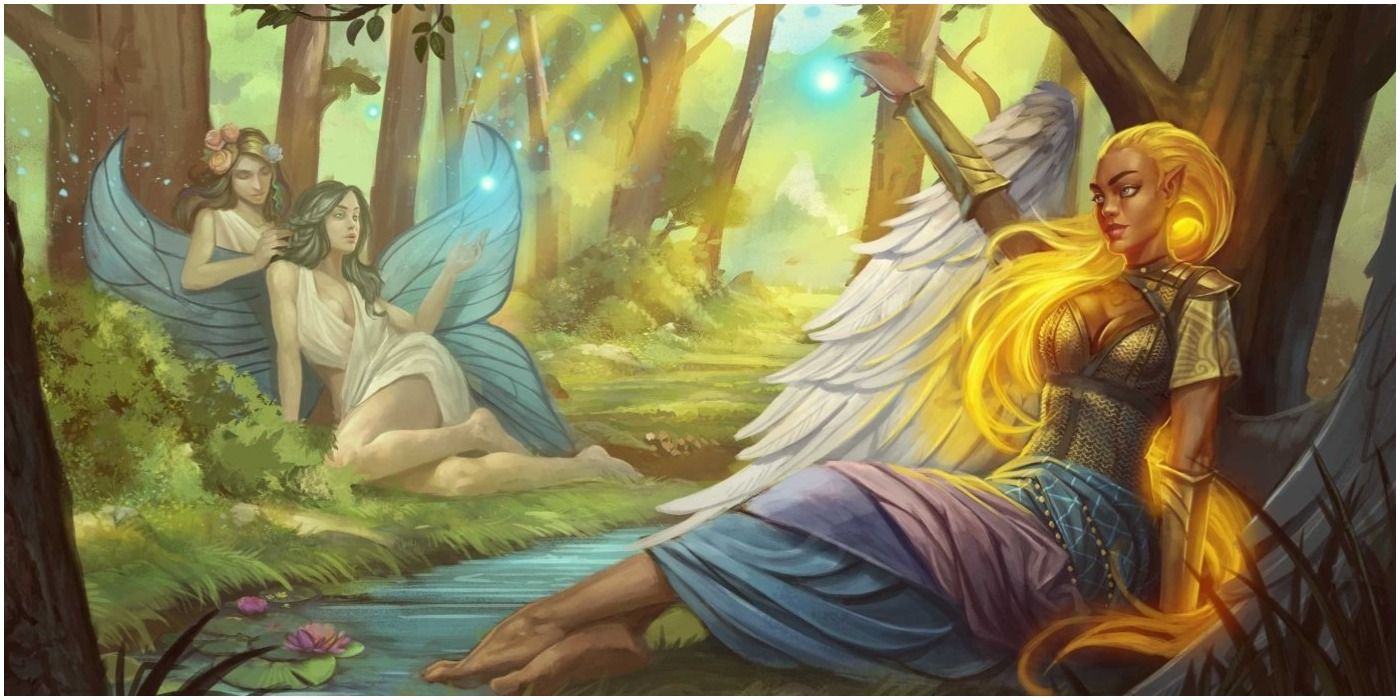
In the recently released Secrets of Magic, two new classes were introduced: the Magus and the Summoner. The classes have a rather unique spell slot progression, having what's known equally Bounded Magic.
These classes start to lose their lower leveled spell slots equally they progress, and have to forget some spells equally a result - this is compensated by the power to heighten any spells up to their highest spell slot and the fact that they have perfectly useable alternatives to spells in combat.
6 Attacks Of Opportunity
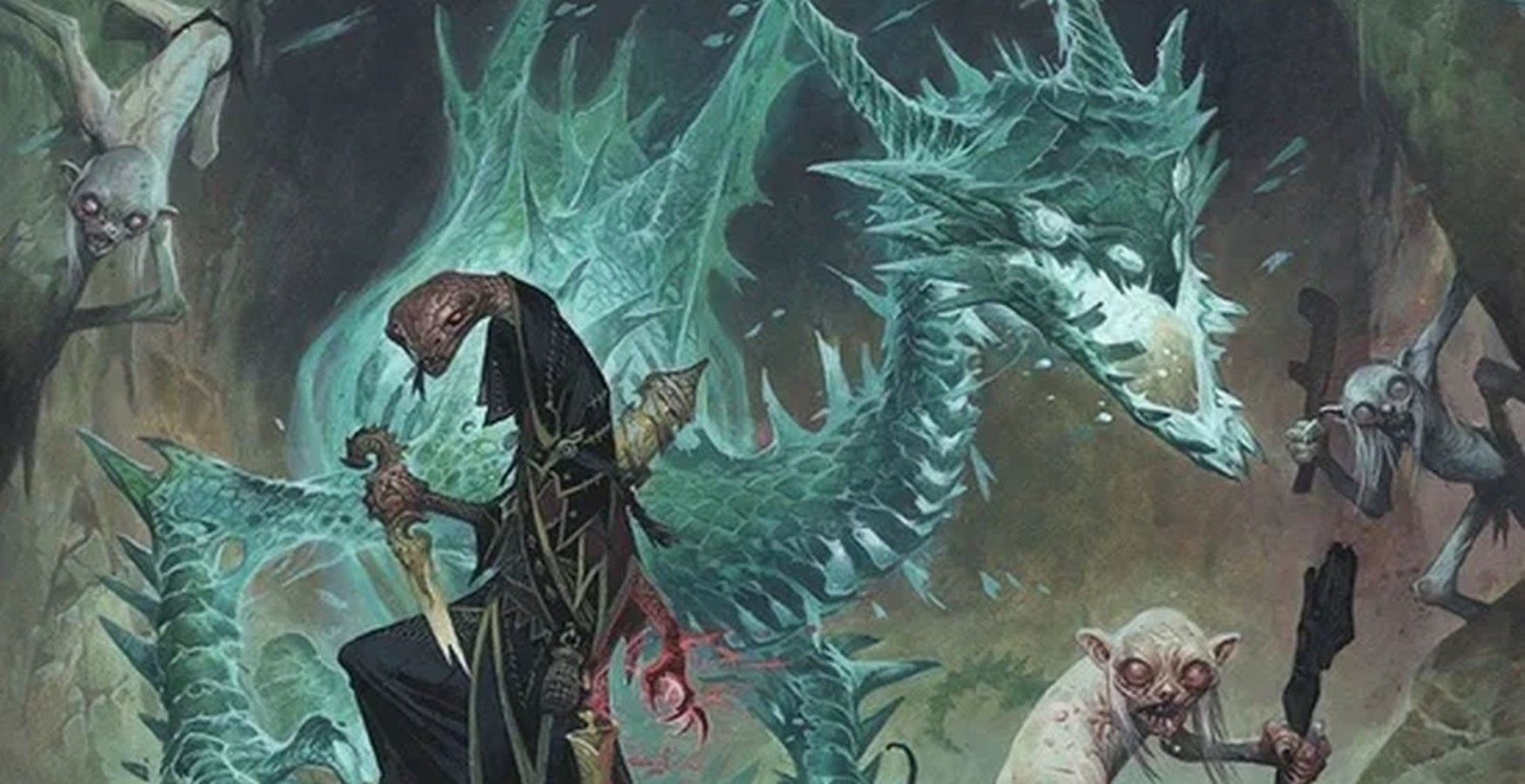
Attacks of Opportunity were a tried and true combat dominion that carried from Dungeons & Dragons 3.5 to Pathfinder 1e.
Attacks of Opportunity were triggered when any creature inside combat range of a player performed certain actions. This rule was intended to balance out counter-melee actions during combat. Eliminating them seems to remainder combat in the favor of enemies, not adventurers.
five Resonance
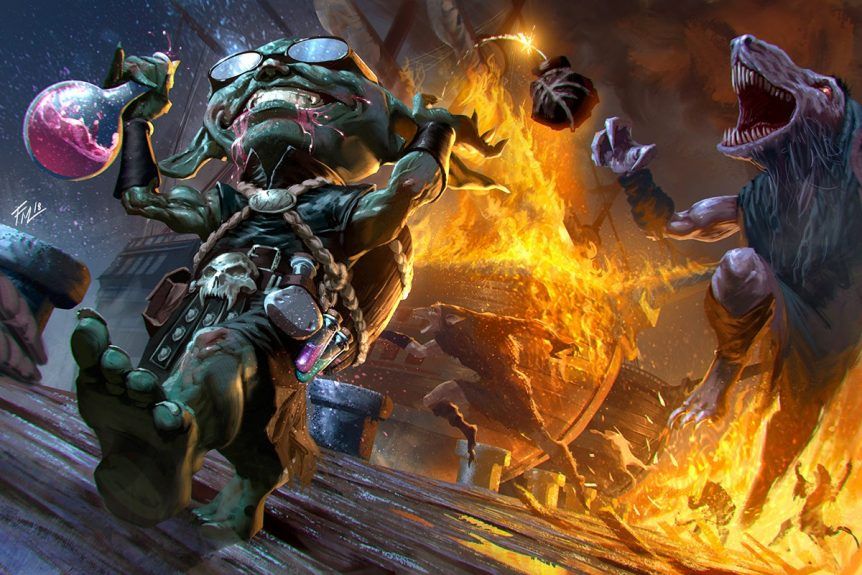
In the world of 1e where players had a proverbial checklist of must-have magic items, characters could employ an unlimited amount of magic per mean solar day. That has significantly changed in 2e. Players volition now be express in the total amount of magic they tin use per day by tracking something called resonance.
Donning or using a magic particular will cost a player resonance. Once it's been used up for the day the player faces a college risk of failure with connected utilize. This serves to make magic more scarce and therefore more special than in the first edition. Hopefully, this will serve to make magic items feel new and exciting once more.
4 Feats
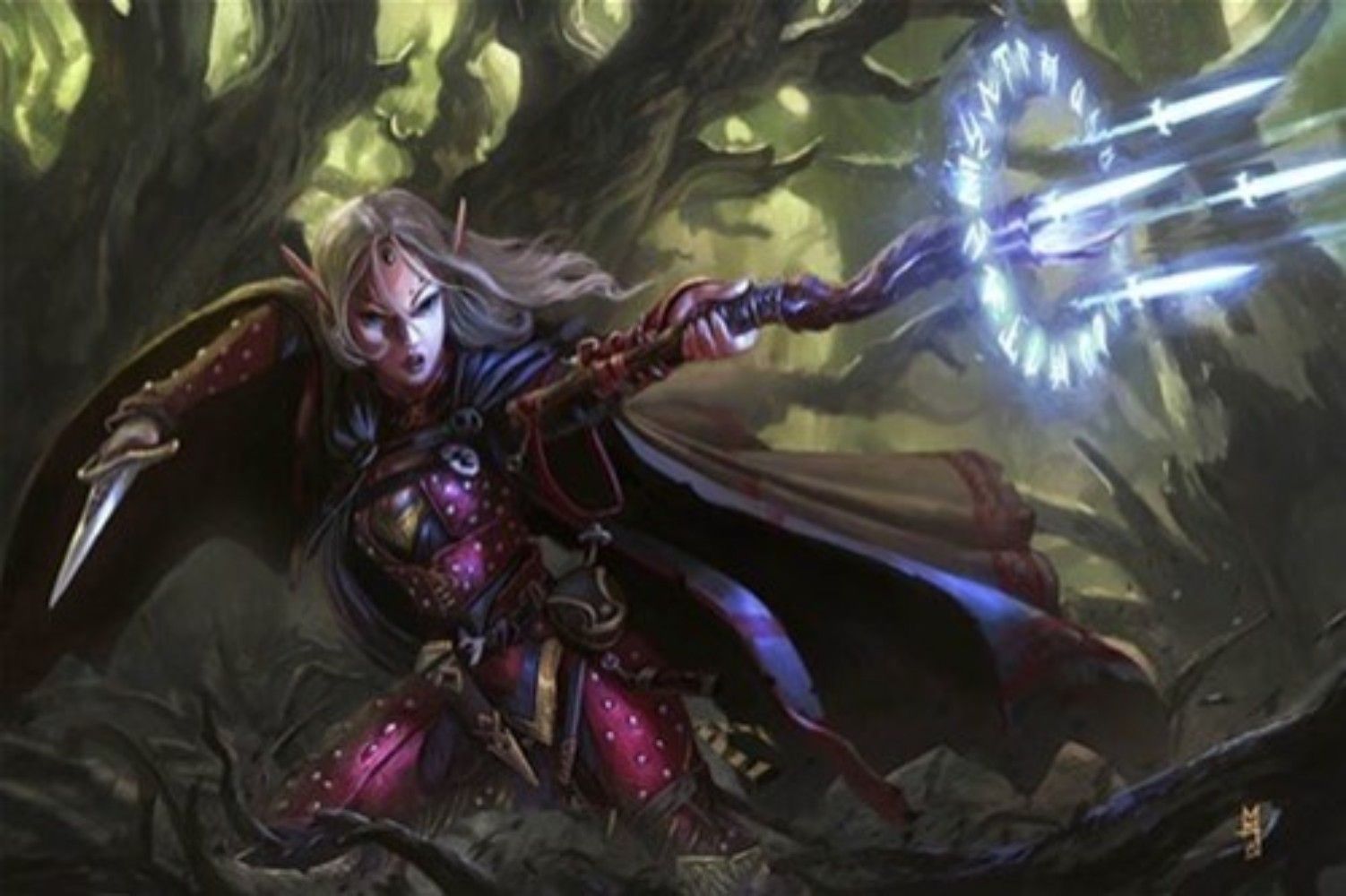
One of the nigh common areas to forget steps and overlook rules is when leveling upward a character. One of the best parts of the pathfinder system is its in-depth character creation and customization. That tradition is proudly carried on in 2e. Gone of the days of waiting for an excruciating three levels to get your adjacent feat and continue your character downward their path.
Now equally characters advance, they receive a feat at each level. This serves to enhance customization and bring farther motivation to level characters. Many players of all experience levels have been known to forget to pick feats as they level. Remembering to add them so much more frequently may hands slip the mind. Not to mention your new boundless array of feats may get lost in the shuffle as you play.
3 Ancestries & Heritages
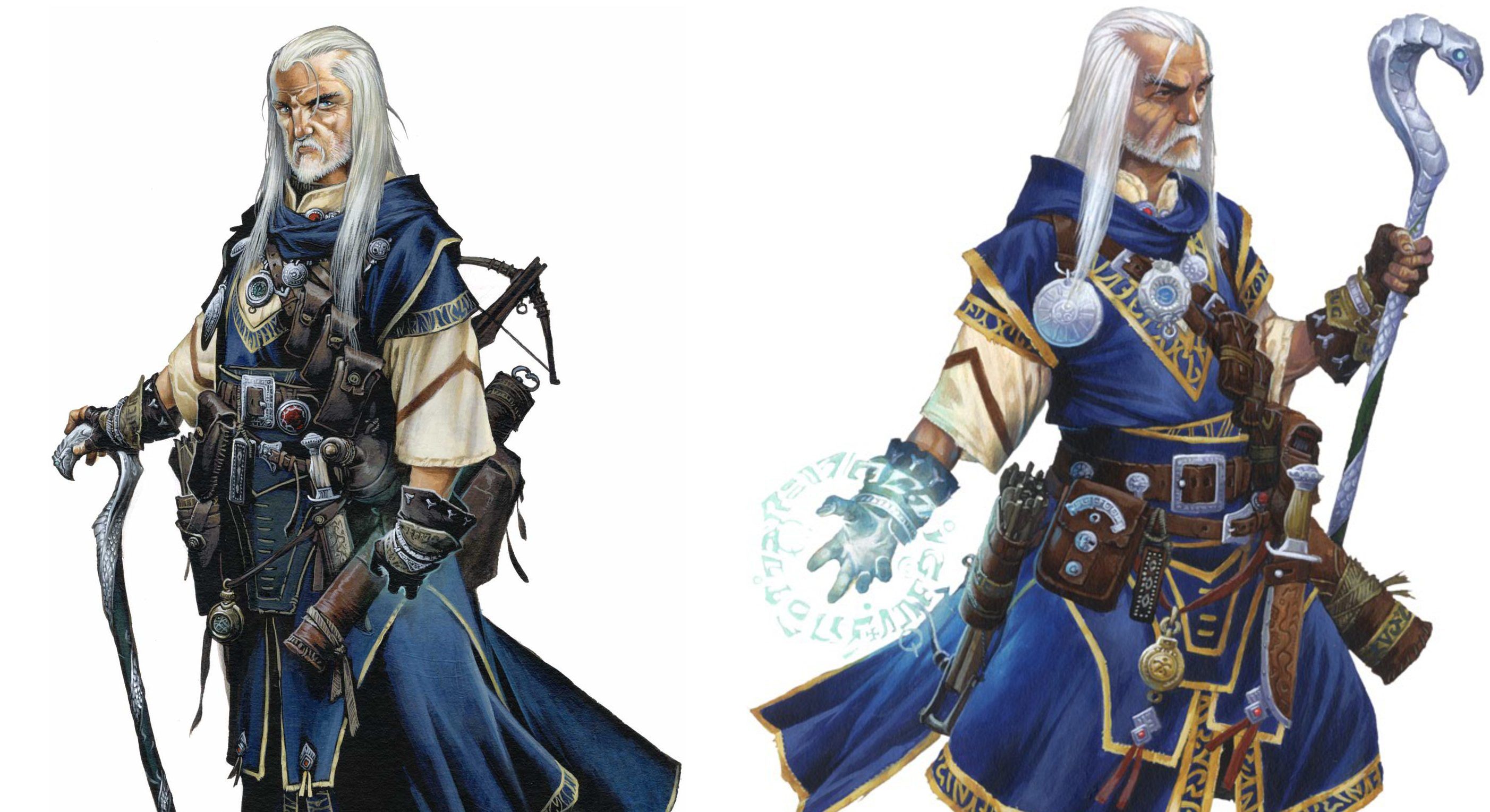
When creating a character many players always began by making ii disquisitional choices: their grade and race. Those days are gone with Pathfinder 2e. Now players must choose an beginnings and a heritage.
Ancestry seems to accept merely replaced the word "race" but heritages are a scrap more of an in-depth addition.
Heritages are a mixture of inherited traits and cultural norms that shape a character, giving them bonuses that suit the heritage (for example Forge Dwarves have fire resistance, but Stone Dwarves are far meliorate at staying balanced).
Heritages are also how characters can now be denoted as half-bloods. Being a One-half-Elf or One-half-Orc is now a choice taken through heritages, as is being an Aasimar, Tiefling, or Dhampir. This means that you can finally take the Aasimar Lizardman of your dreams!
two Initiative

At that place are few parts of playing D&D or Pathfinder that are as knee-jerk automated as rolling for initiative. The 2d edition of the game introduces a new system which is a swift deviation from anything players have seen before.
Instead of adding ability modifiers to dice rolls players will now make various skill checks to determine their identify in the gainsay round. Depending on what their players were doing during the exploration stage of an run into a check for stealth initiative or perception initiative may exist appropriate.
1 Economic system
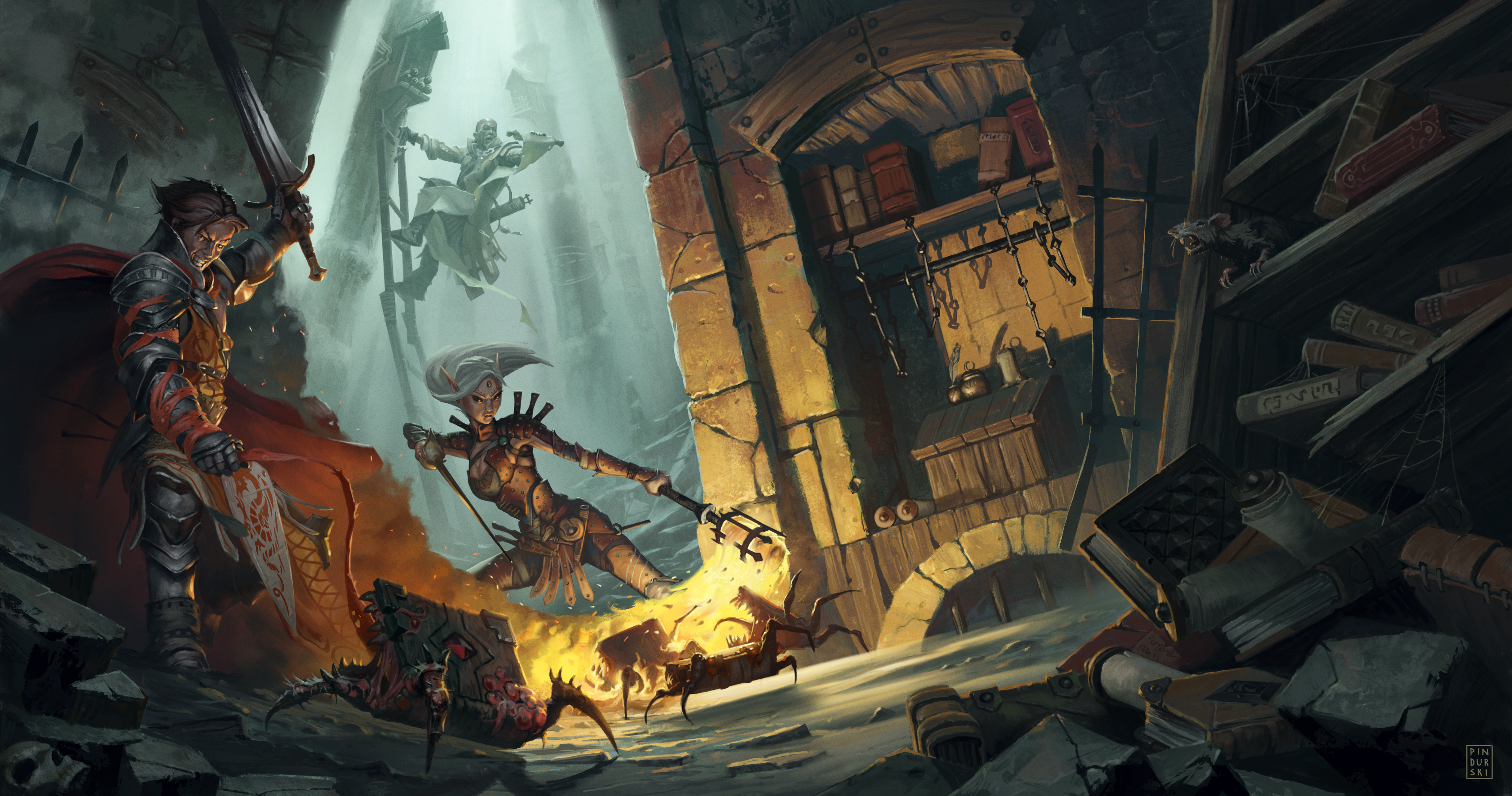
When creating a character in 2e y'all may find yourself feeling a petty out of your depth while purchasing items and equipment at character creation. You'll notice your character starts with only 15g regardless of your class. This may make first edition players uneasy when they create their first 2e character. You'll still be able to equip your level one character as always.
Premade kits can even make this process faster. But don't expect to find starting wealth listed under course anymore.
Source: https://www.thegamer.com/weird-pathfinder-2e-rules-everyone-forgets/
Posted by: parrishthioseen.blogspot.com

0 Response to "Can An Animal Companion Talk With A High Enough Int Pathfinder"
Post a Comment